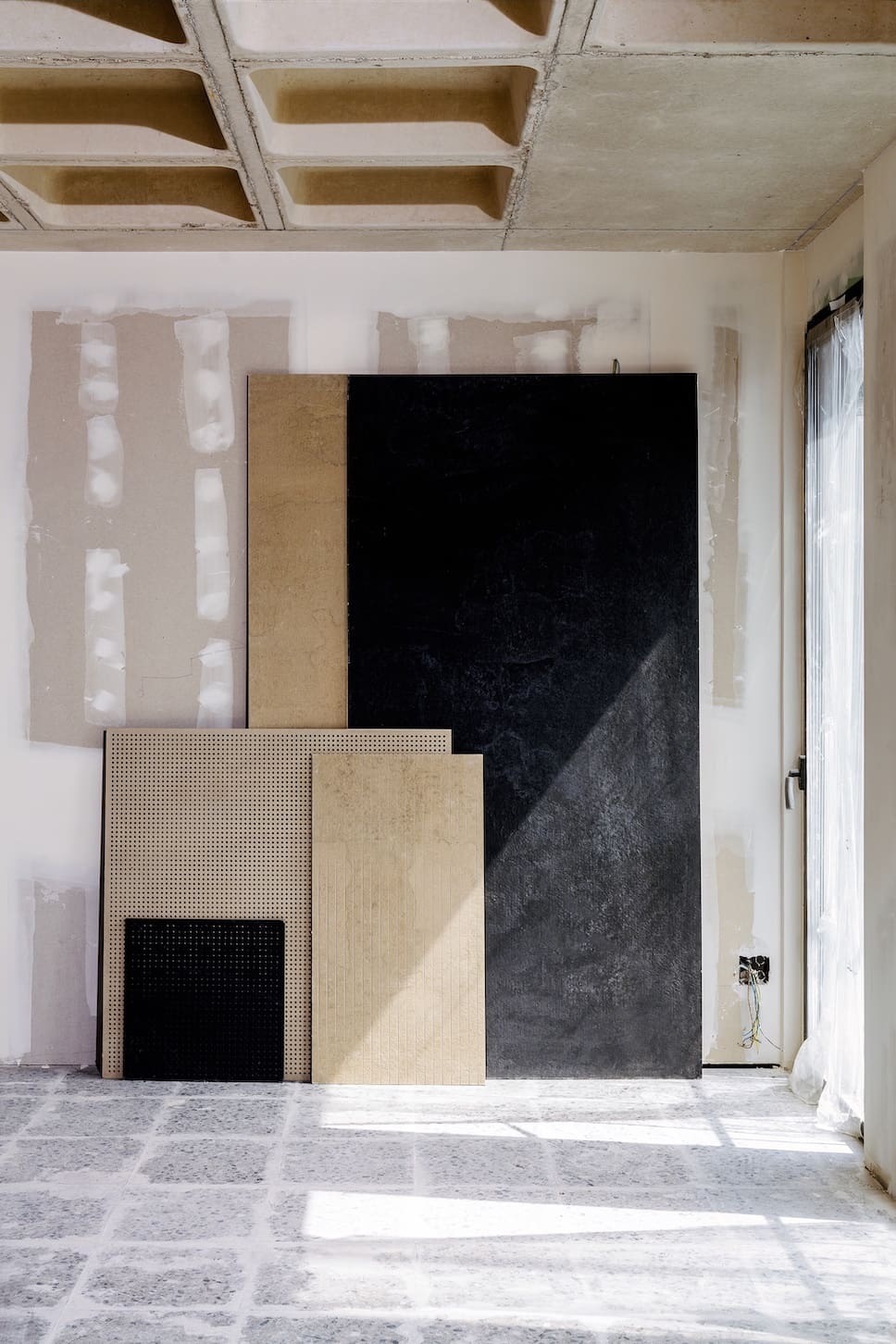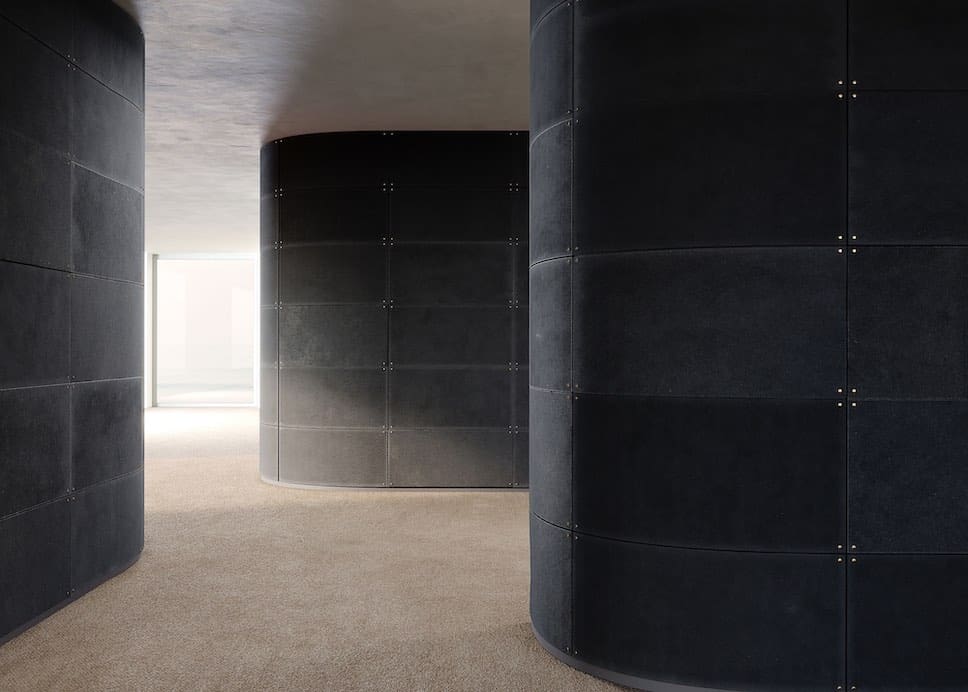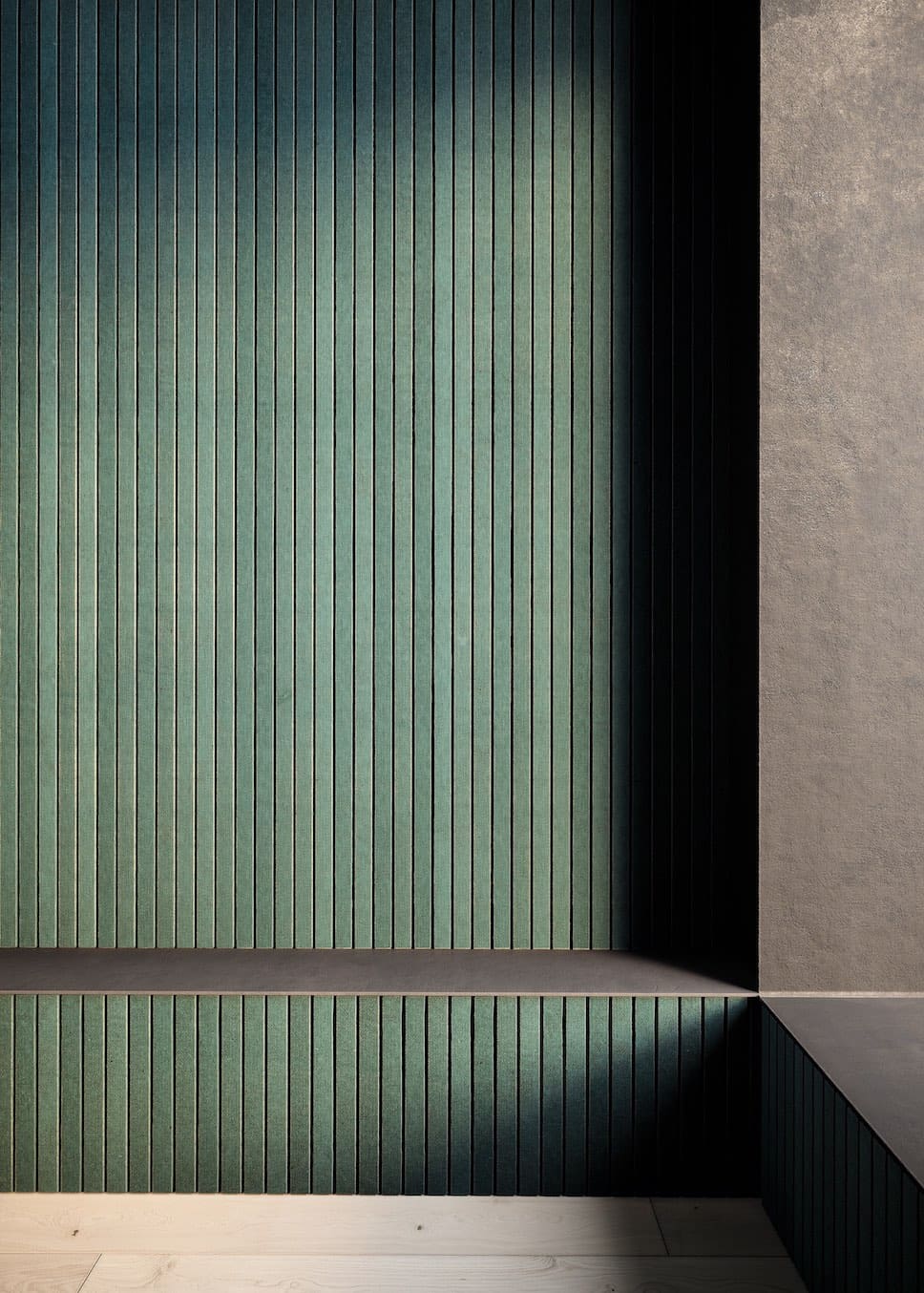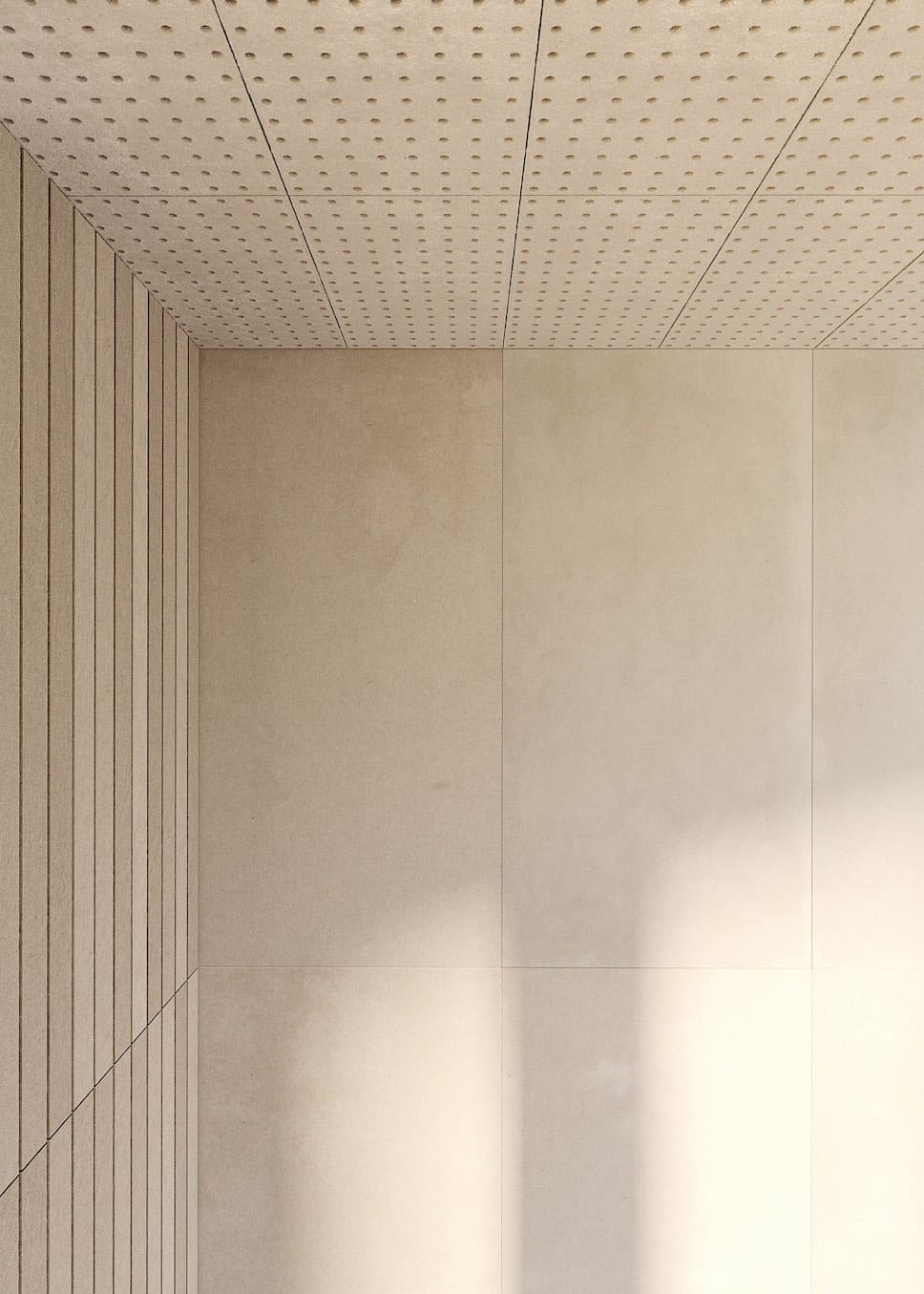
“Pursuing the sustainable path is the only way to ensure a better tomorrow, and it is also the only option to be commercially sustainable in the near future.” Pol Merino, CEO of HONEXT®, producers of sustainable, upcycled materials.
Moving away from linear production to promote a circular economy, Barcelona-based company HONEXT® is focused on upcycled building materials for healthy living. This ethos is born from the belief that traditional building materials are destroying our planet. So, their vision and purpose is to manufacture a carbon-neutral, circular, biotech process that turns waste fibres into fully recyclable, non-toxic panels. The name HONEXT® captures their use of honest, upcycled materials and passion towards creating a zero-waste future.
We talked to Pol Merino, CEO of HONEXT®, who describes the company’s drive to make a difference to the world and we discover who and what inspires them.


1. How does your business prioritise nature and the environment?
We envision a future with zero landfills, one where cities are entirely built from upcycled materials. Our goal is to create a global network of local production and distribution to highly impact the panel market, and give architects and designers the basis to design healthy environments for the people and the planet.
We have engineered the carbon-neutral, circular, bio-tech HONEXT® Industrial Process, which transforms waste from the paper industry into fully recyclable non-toxic materials for the built environment. By introducing our process to paper mills and waste management companies, we can revalue their cellulose waste right where it is generated. Therefore, HONEXT® Industrial Processs can be endlessly replicated at no cost to the planet since it eliminates production and transportation emissions. As an example, our first factory is placed in a landfill, the water (leachate), biogas and electricity we use come from waste digestion (methane).
2. Why did you decide to pursue the path of sustainable practice when commercially there are so many reasons not to?
HONEXT® aims to be the transformative company that proposes an integral solution to all the current challenges of the linear economy, which besides harming our planet and therefore our society, is not economically sustainable in the long run. So, in fact, pursuing the sustainable path is the only way to ensure a better tomorrow, and it is also the only option to be commercially sustainable in the near future. Our goal is to shift the construction industry from a linear to a circular economy model, while providing sustainable and healthy alternatives to traditional building materials.

3. Which other brands and businesses do you admire most?
Nature inspires everything we do, our sustainability standards keep us pushing boundaries, and biotechnological research is our engine for constant innovation. In that sense, we admire SeedHealth because they are pioneering applications of microbes in many different fields; science and technology are their drivers to planetary sustainability. Also, Ellen McArthur Foundation is for us a key agent for the transition to circular economy. Also, certification institutes, such as Cradle to Cradle or organisations like B Corp, are doing great work on making companies rethink how their businesses are conducted and what could be improved to get closer to circular economy and sustainability principles.
4. Where is your happy place in nature and how do you encourage your team to embrace the environment?
Each of us at HONEXT® have different approaches to what we can do to embrace the environment, and that is key for us to move forward in our journey towards a circular economy. We all believe in the same future and we act differently but accordingly. Each of us is an example of how different aspects of our lives could be if we lived in a world where nature is back in the centre. However, most of us have a hard time putting our principles into practice, since we are still living in a context of extreme discordance with nature.
So, our happy place is made when we all meet in the factory which is placed in a landfill and surrounded by forest; it is a place that reflects our work. We are avoiding waste to pollute nature, and we are protecting nature to eventually become waste.

5. What role does design and architecture play in delivering sustainable cities and spaces?
Most construction materials used today are not recyclable, having caused each European to generate an average of 1.78 tons of construction waste every year (data from 2018). That amounts to one-third of all waste produced in the region, and the industry’s global waste output will reach 2.2 billion tons a year by 2025 if no action is taken. The planet is heavily feeling the effects, especially when it comes to materials based on the extraction of natural resources, which adds problems like deforestation into the mix, as well as high emissions in production and transportation.
There is a very clear need to implement sustainable materials and circular construction systems in architecture and design. Luckily, most architects and designers recognise the urgency of tackling the climate crisis through their work, as they are clearly key agents. There is a growing demand for solutions such as those provided by HONEXT®, so we are trying to create a community of companies and initiatives that join our cause and little-by-little, transform the construction sector together.
6. Traditionally trade shows have been associated with epic levels of waste, so why did you choose to exhibit or align with Planted?
Planted is the trade show that matches our principles as a company pushing for circularity. Even if there is still a lot to work on rethinking the concept of a trade show, Planted presents the ability to track our waste and emissions, and also ensure that both are reduced to the minimum. “Waste” at HONEXT® is a synonym for resource – in the frame of circular economy, such a word doesn’t exist. We hope that in the future, all the materials used in trade shows are 100% recyclable so the impact of these events will only be positive.

7. What do you hope your business will gain from being part of Planted Cities’ flagship launch event?
It is the first time that we have participated in such an event, since we started commercialising HONEXT® Panels in November 2020. Therefore, finding a trade show that aligns with our values and principles and gives us the chance to be surrounded by other brands pursuing the same path, makes us hope for creating new business relationships and growing the community. We believe collaboration is how we create value.
8. What annoys you most when it comes to conversations around the environment?
Unfortunately, there is still a lot of misinformation regarding the climate crisis. Usually in a conversation around it, the focus is put on a tiny aspect of a huge problem, such as car emissions, rising sea levels, plastic in the ocean… and the vision is very anthropocentric. It is really hard to picture the whole image of it, the interrelation of causes and consequences, the real impact that the rise of temperature can have on our planet. There is an urgent need for education and a sharing of knowledge, and this is a job that governments and established media channels should start working hard on. The scientific community has already been doing this for decades, however unfortunately they don’t have the same communication power.


A big thank you to Pol Merino for taking part in enki’s Meet the Maker series.
Discover more about the high-end upcycled materials by HONEXT®.
Explore more insights into the brands showcasing at Planted Cities.
